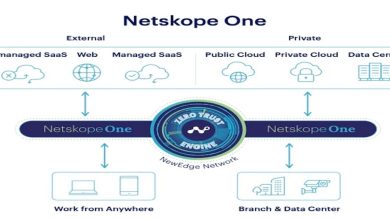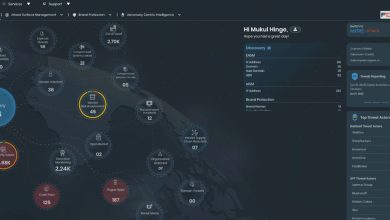New Relic Report: ASEAN Organisations Reap High ROI from Observability

New Relic, the all-in-one observability platform for every engineer, published the 2023 Observability Forecast report, which examines the evolution of observability, its impact on the lives of technical professionals, and businesses’ bottom lines. The report reveals observability’s adoption is on the rise in the Association of Southeast Asian Nations (ASEAN) and full-stack observability leads to business and/or revenue growth, increased operational efficiency, and security vulnerability management. While almost a third (30%) estimated that business-critical application outages cost their organisation at least US$500,000 per hour of downtime, Indonesia and Singapore both had the highest median annual ROI on their observability investment (167%).
The third annual study is once again the largest and most comprehensive of its kind and the only one to open-source its raw data. This year’s report surveyed 1,700 technology professionals, including 1,100 practitioners — day-to-day users of observability tools — and 600 IT decision-makers across 15 countries, to understand the current state of observability, the areas with the most and least amount of growth, and the external forces influencing spending and adoption.
According to the research, respondents surveyed in ASEAN (where respondents were surveyed in Indonesia, Malaysia, Singapore, and Thailand) continue to struggle with tool sprawl. More than half (57%) were using five or more tools for observability, even if 26% said too many monitoring tools were the primary challenge to achieving full-stack observability. This may change next year as almost half (48%) planned to consolidate tools over the next year to get the most value from their observability spend.
The 2023 Observability Forecast found:
- Observability adoption is high and increasing: Over half (55%) in ASEAN had achieved full-stack observability (68% in Indonesia, 60% in Malaysia, and 46% in Thailand)
- Indonesia most likely to have a mature observability practice: With 81% in Indonesia deploying 10 or more capabilities, Indonesia outranked Thailand (64%), Malaysia (63%) and Singapore (27%).
- Outages are frequent and expensive: Nearly half (45%) of the respondents experienced high-business-impact outages once a week or more, 46% take at least 30 minutes to detect them, and 62% take at least 30 minutes to resolve them.
- Full-stack observability improves service-level metrics: 79% in Thailand and 74% in both Indonesia and Malaysia said their MTTR improved to some extent since adopting observability, compared to 44% for Singapore.
- Revenue retention is a top benefit of Observability: The key benefits cited by respondents in ASEAN are revenue retention (54%), business and/or revenue growth (41%) and revenue-generating use cases (34%). Most (85%) see observability as a key enabler to achieving core business goals to some degree.
“While ASEAN organisations are seeing encouraging value and ROI on their observability investment, tool consolidation remains a key priority to achieving full-stack observability and minimising the impact of outages,” said Peter Marelas. Chief Architect, APJ at New Relic. “The Observability Forecast shows that teams with full-stack observability consistently have fewer outages while detecting and resolving issues faster than those without. This translates to lower outage costs, a higher annual return on investment, and a positive effect on an organisation’s bottom line. The business value of observability is clear.”
Trends Driving Observability
Observability remains a business imperative for forward-thinking enterprise leaders. By mid-2026, 82% or more of global respondents expected to deploy each of the 17 different observability capabilities. Most organisations may have robust observability practices in place within three years, highlighting the industry’s growth potential.
Nearly half (49%) indicated an increased focus on security was driving the need for observability, followed by the integration of business apps into workflows and the adoption of AI technologies. The security focus reflects the rise of cybersecurity threats and complex cloud-native application architectures that introduce additional risk. For OpenTelemetry, scalability (52%) and the fact that it integrates with their existing tool stack (46%) were driving its adoption, indicating that OpenTelemetry is a movement vendors must embrace to meet customer demands.
The New Relic 2023 Observability Forecast is available today.




